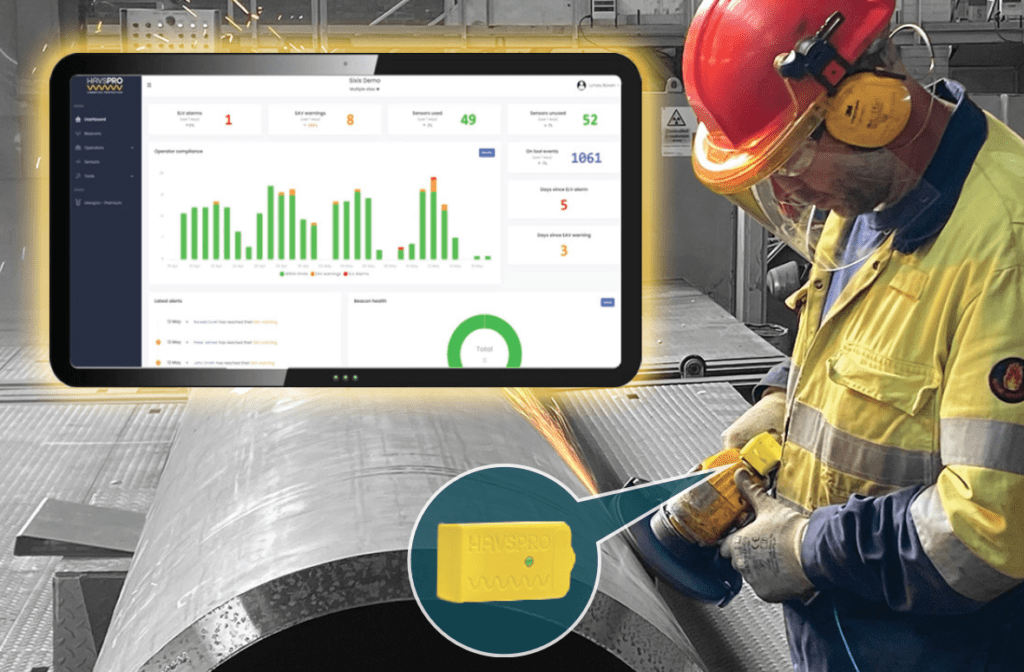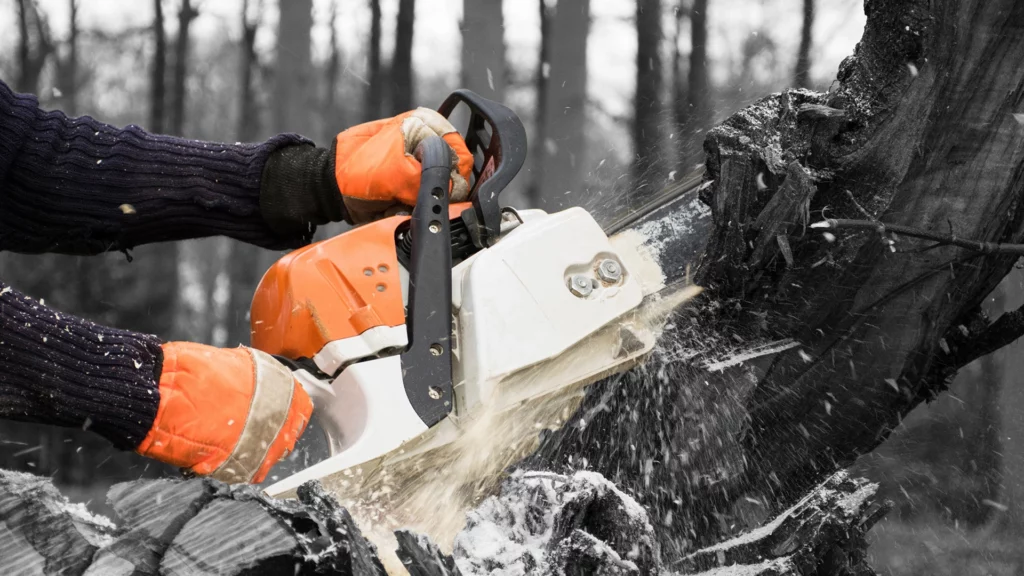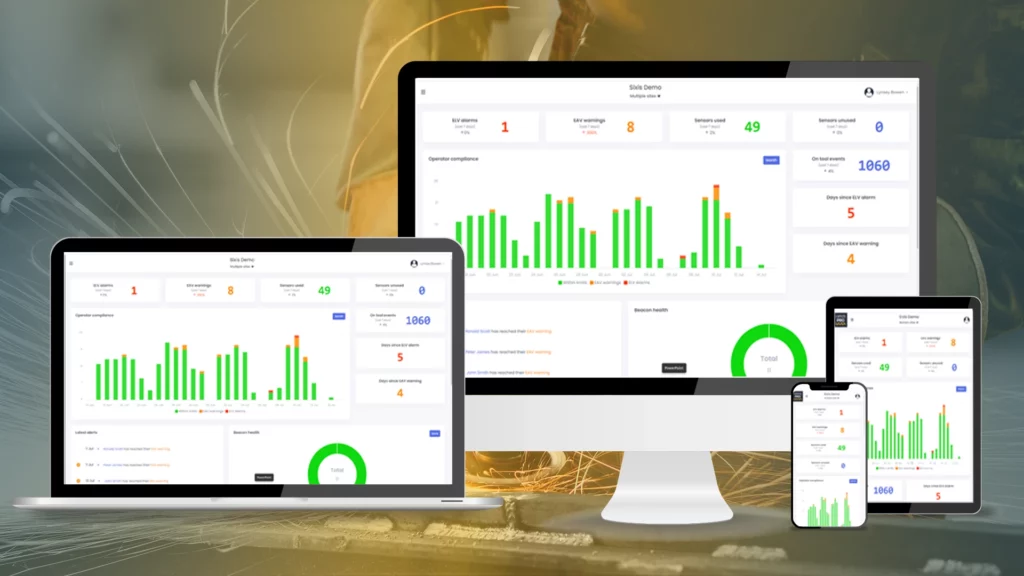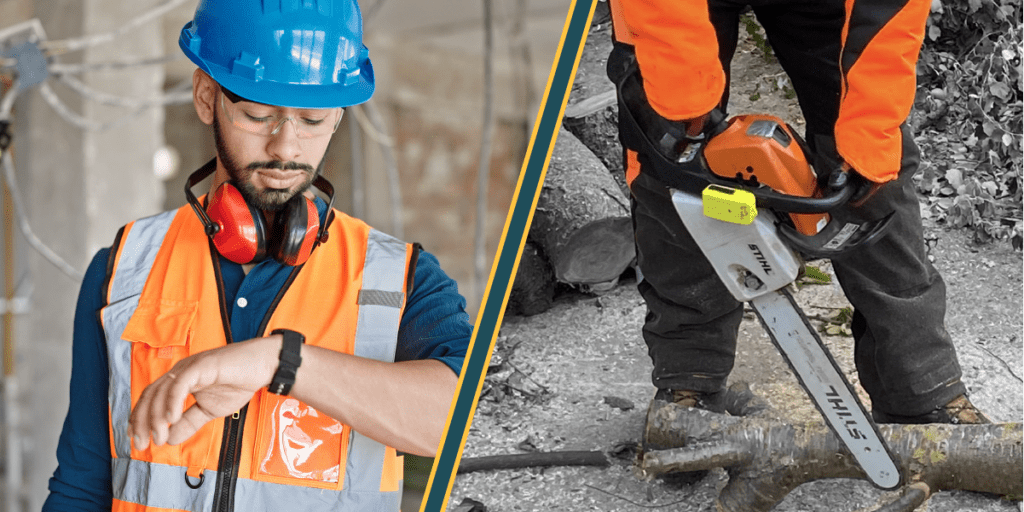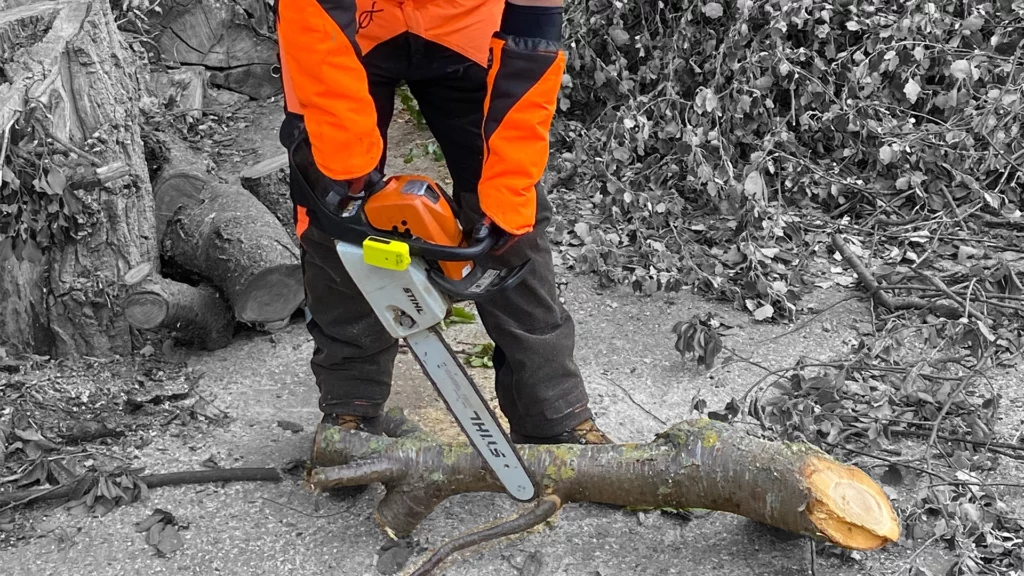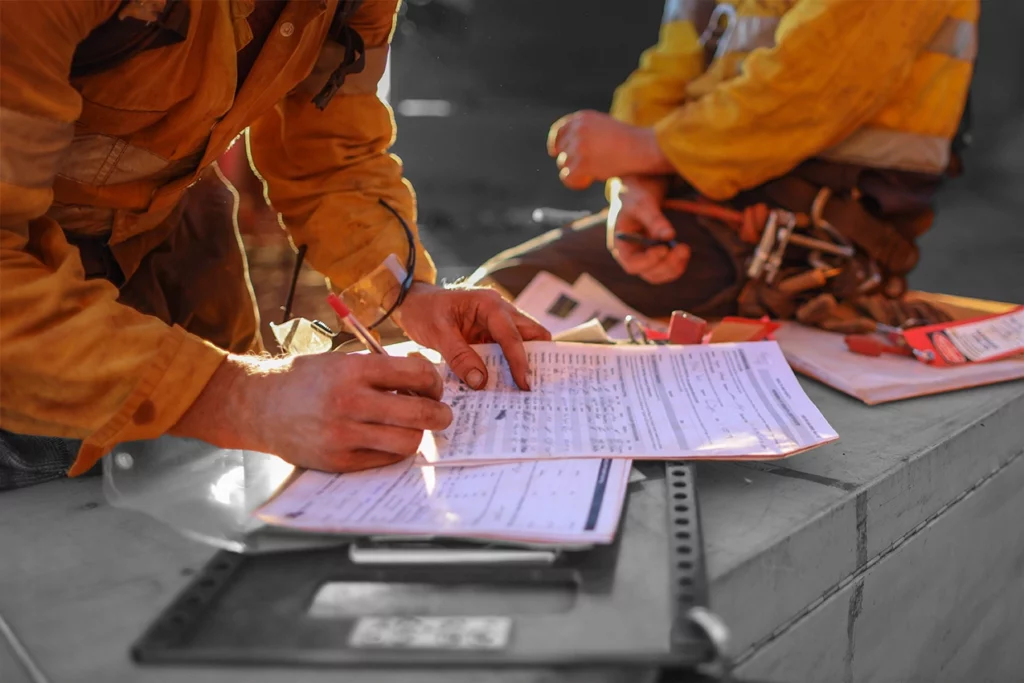How do YOU monitor HAVS exposure levels?
How do YOU monitor HAVS exposure levels? The Control of Vibration at Work Regulations 2005 aims to ensure that individuals do not experience harm to their health due to hand-arm vibration. As an employer, you should be focused on managing and mitigating the risks associated with exposure to vibration. But how do you effectively measure […]
How do YOU monitor HAVS exposure levels? Read More »

